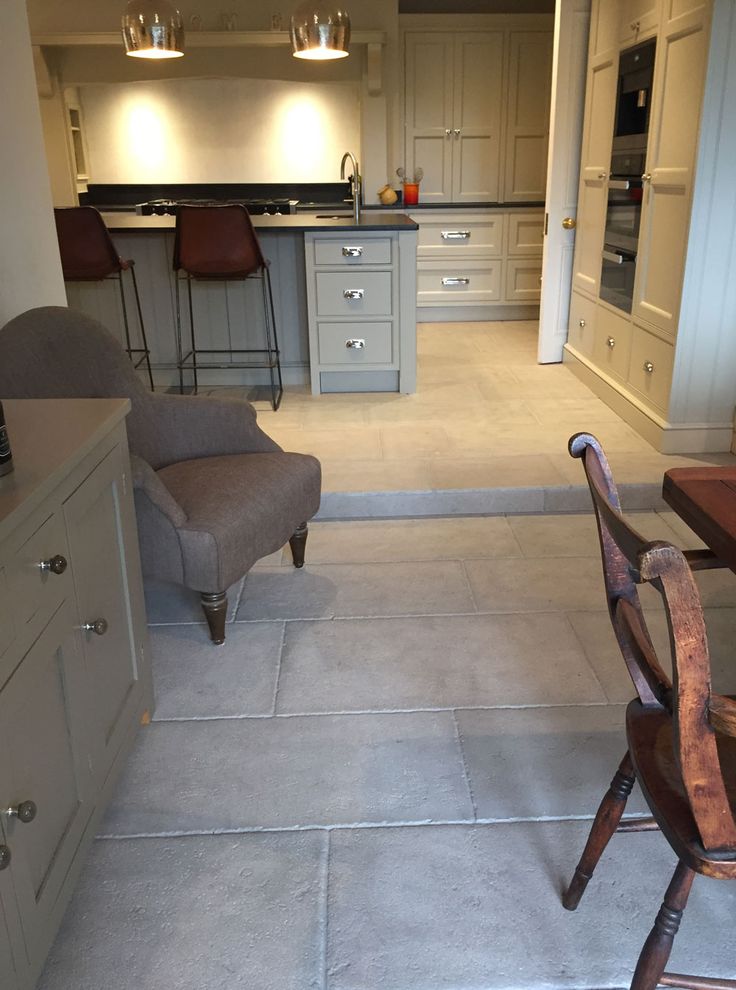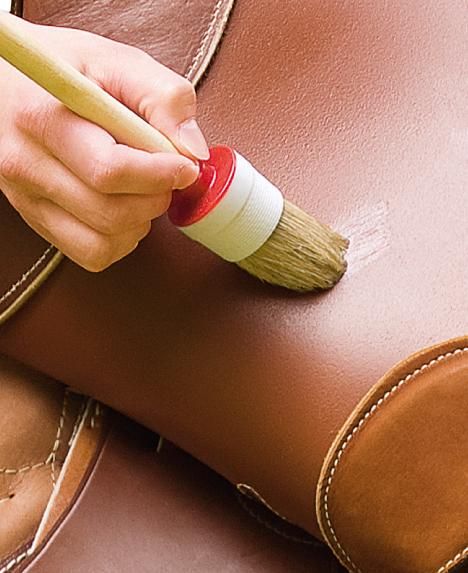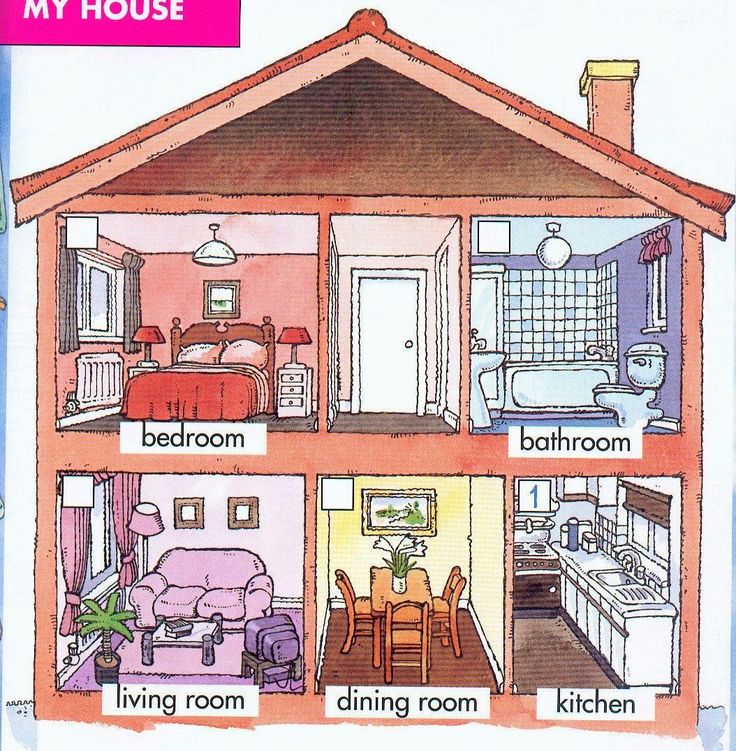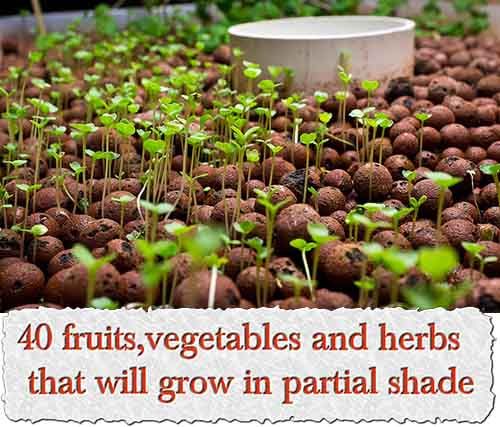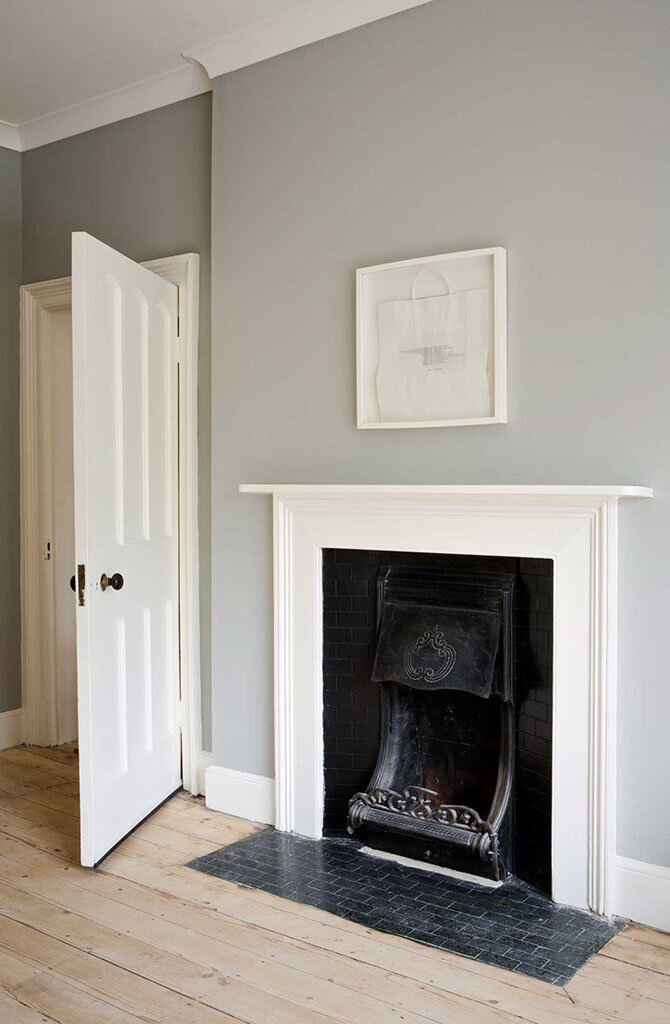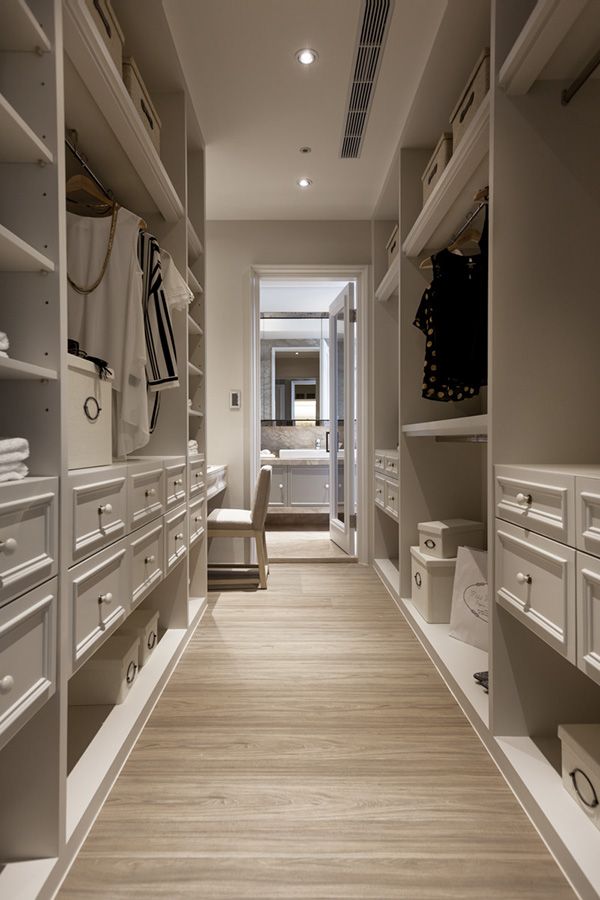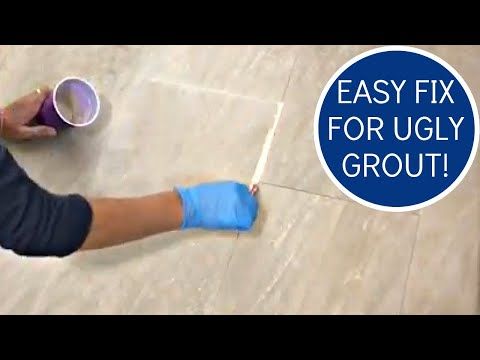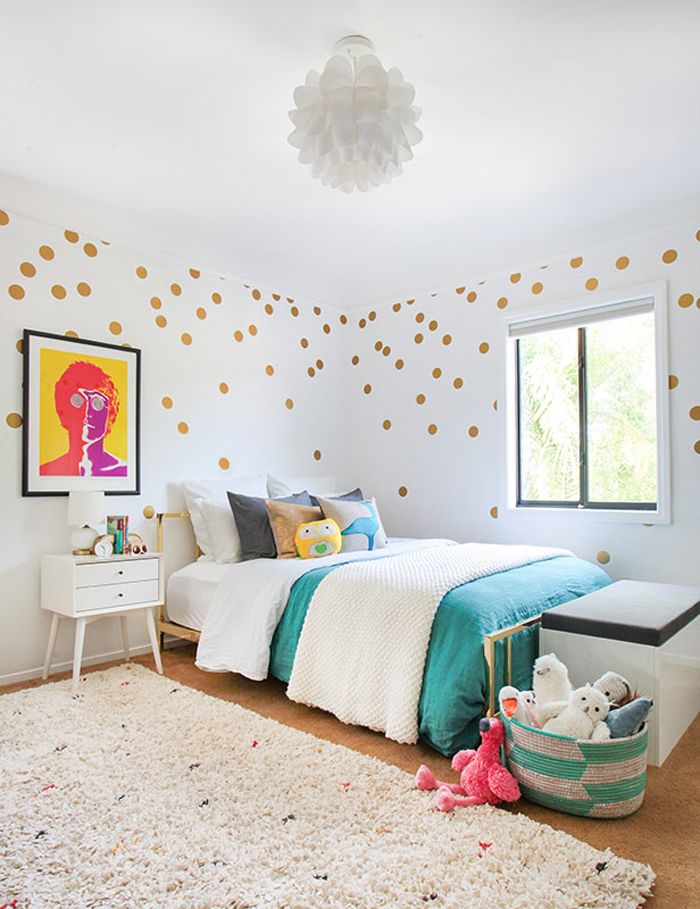Kitchen flagstone floor tiles
Dijon Tumbled Limestone Tiles & Pavers
Explore the range
Dijon Tumbled 'Opus Pattern'
Small Opus x15mm
An Opus pattern is available in a select few of our natural stone ranges. An Opus pattern is made up of four tile sizes.
We offer 3 different versions of the Opus pattern – Small, Large and Grand. Total pattern coverage may vary slightly as suppliers can use both metric and imperial measurements. The Opus Pattern is sold to the nearest 1/2 module.
Small – 600 x 400, 400 x 400, 400 x 200, 200 x 200 (1 pattern = 1.44m2)
Large – 750 x 500, 500 x 500, 500 x 250, 250 x 250 (1 pattern = 2.25m2)
Grand – 900 x 600, 600 x 600, 600 x 300, 300 x 300 (1 pattern = 3.24m2)
Download PDF
Dijon Tumbled 'Free Length'
400xFLx15mm
A Free Length format is only available in our natural stones.
Free lengths have a fixed width (of either 400mm, 500mm or 600mm) and varying lengths ranging anywhere from 500mm up to a maximum of 1000mm.
Free Length formats are laid as a random brick bond. You can expect a minimum of 3 different lengths in an order. A Free Length format is sold to the nearest m2.
Download PDF
Dijon Tumbled 'Free Length'
500xFLx15mm
A Free Length format is only available in our natural stones.
Free lengths have a fixed width (of either 400mm, 500mm or 600mm) and varying lengths ranging anywhere from 500mm up to a maximum of 1000mm.
Free Length formats are laid as a random brick bond. You can expect a minimum of 3 different lengths in an order. A Free Length format is sold to the nearest m2.
Download PDF
Dijon Tumbled 'Free Length'
600xFLx15mm
A Free Length format is only available in our natural stones.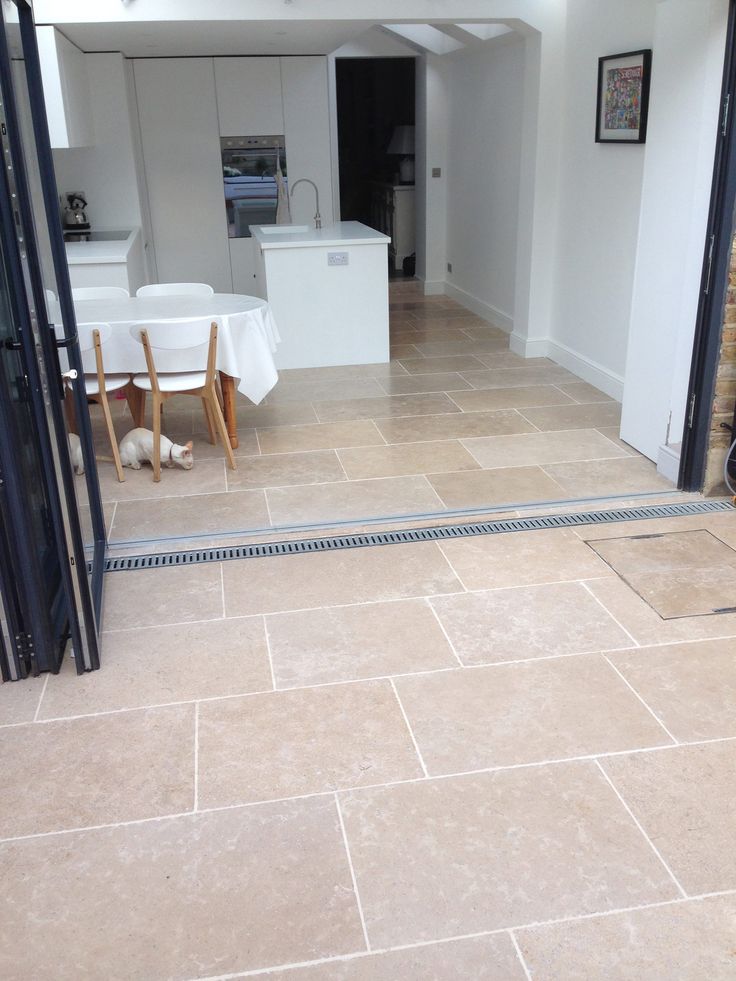
Free lengths have a fixed width (of either 400mm, 500mm or 600mm) and varying lengths ranging anywhere from 500mm up to a maximum of 1000mm.
Free Length formats are laid as a random brick bond. You can expect a minimum of 3 different lengths in an order. A Free Length format is sold to the nearest m2.
Download PDF
Dijon Tumbled 'Opus Pattern'
Large Opus x15mm
An Opus Pattern is available in a select few of our natural stone ranges. An Opus pattern is made up of four tile sizes.
We offer 3 different versions of the Opus pattern – Small, Large and Grand. Total pattern coverage may vary slightly as suppliers can use both metric and imperial measurements. The Opus Pattern is sold to the nearest 1/2 module.
Small – 600 x 400, 400 x 400, 400 x 200, 200 x 200 (1 pattern = 1.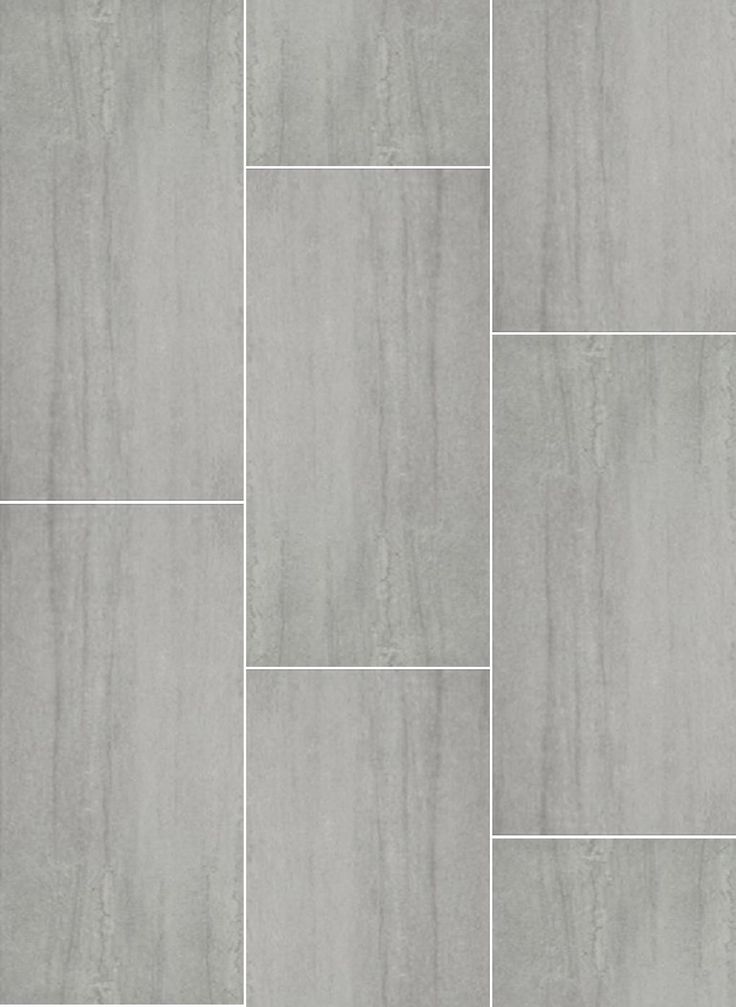 44m2)
44m2)
Large – 750 x 500, 500 x 500, 500 x 250, 250 x 250 (1 pattern = 2.25m2)
Grand – 900 x 600, 600 x 600, 600 x 300, 300 x 300 (1 pattern = 3.24m2)
Download PDF
Dijon Tumbled 'Opus Pattern'
Grand Opus x15mm
An Opus Pattern is available in a select few of our natural stone ranges. An Opus pattern is made up of four tile sizes.
We offer 3 different versions of the Opus pattern – Small, Large and Grand. Total pattern coverage may vary slightly as suppliers can use both metric and imperial measurements. The Opus Pattern is sold to the nearest 1/2 module.
Small – 600 x 400, 400 x 400, 400 x 200, 200 x 200 (1 pattern = 1.44m2)
Large – 750 x 500, 500 x 500, 500 x 250, 250 x 250 (1 pattern = 2.25m2)
Grand – 900 x 600, 600 x 600, 600 x 300, 300 x 300 (1 pattern = 3.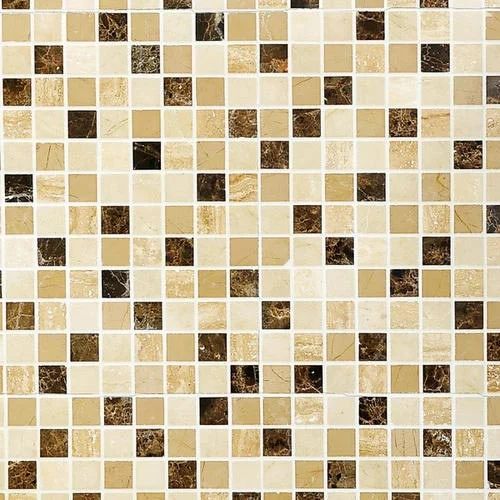 24m2)
24m2)
Download PDF
Dijon Tumbled 'Free Length'
500xFLx20mm
A Free Length format is only available in our natural stones.
Free lengths have a fixed width (of either 400mm, 500mm or 600mm) and varying lengths ranging anywhere from 500mm up to a maximum of 1000mm.
Free Length formats are laid as a random brick bond. You can expect a minimum of 3 different lengths in an order. A Free Length format is sold to the nearest m2.
Download PDF
Dijon Tumbled 'Free Length'
600xFLx20mm
A Free Length format is only available in our natural stones.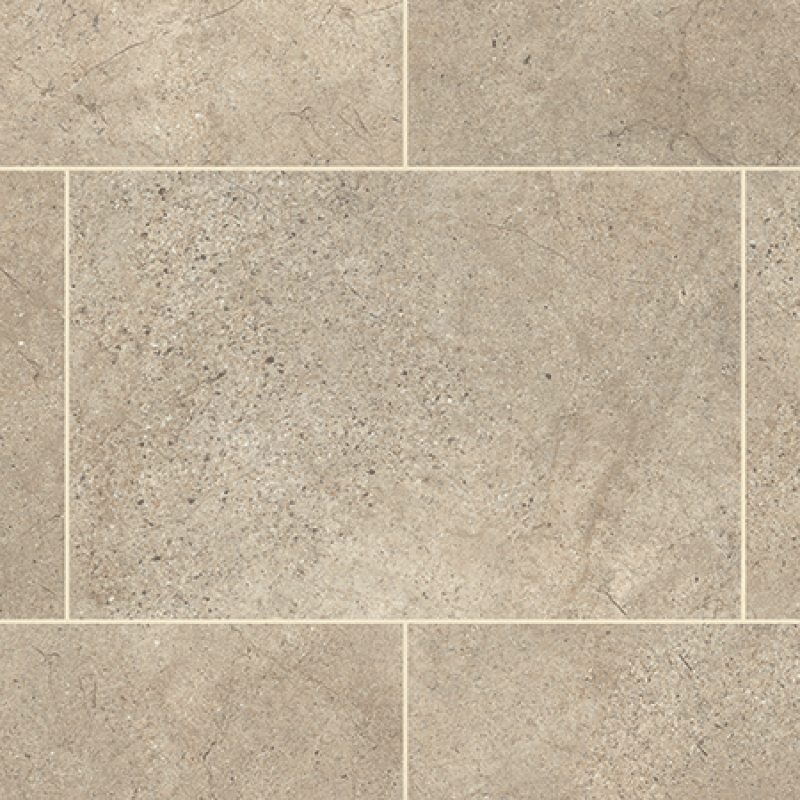
Free lengths have a fixed width (of either 400mm, 500mm or 600mm) and varying lengths ranging anywhere from 500mm up to a maximum of 1000mm.
Free Length formats are laid as a random brick bond. You can expect a minimum of 3 different lengths in an order. A Free Length format is sold to the nearest m2.
Download PDF
Dijon Tumbled 'Free Length'
500xFLx30mm
A Free Length format is only available in our natural stones.
Free lengths have a fixed width (of either 400mm, 500mm or 600mm) and varying lengths ranging anywhere from 500mm up to a maximum of 1000mm.
Free Length formats are laid as a random brick bond. You can expect a minimum of 3 different lengths in an order. A Free Length format is sold to the nearest m2.
Download PDF
Dijon Tumbled 'Free Length'
600xFLx30mm
A Free Length format is only available in our natural stones.
Free lengths have a fixed width (of either 400mm, 500mm or 600mm) and varying lengths ranging anywhere from 500mm up to a maximum of 1000mm.
Free Length formats are laid as a random brick bond. You can expect a minimum of 3 different lengths in an order. A Free Length format is sold to the nearest m2.
Download PDF
What does FL mean?
FL stands for Free Length. The free length format is only available in our natural stones.
Free lengths have a fixed width and varying lengths ranging anywhere from 450mm up to a maximum of 1000mm, laid as a random brick bond. You can expect a minimum of 3 different lengths in an order.
Read our FAQ's for more information on tile sizes and formats.
What is the difference between natural stone and porcelain tiles?
Natural stone is a naturally occurring material that has been quarried from the earth. The beauty of natural stone is that no two tiles are ever the same. All natural stone is porous and requires sealing every 3-5 years to protect against water and oil contamination.
The beauty of natural stone is that no two tiles are ever the same. All natural stone is porous and requires sealing every 3-5 years to protect against water and oil contamination.
Porcelain is a man-made product that combines kaolin clay, finely ground sand and feldspar. The clay mixture is fired to an extremely high temperature (upwards of 1200 c) resulting in a very dense tile that benefits from a low water absorption rate and stain resistance. Depending on the range, porcelain can be uniform in colour or display tonalities to mimic a natural stone.
Whilst the maintenance required of natural stone and porcelain differ slightly, both present a beautiful yet durable option for everyday living.
Are Quorn Stone tiles suitable for underfloor heating?
Yes! With the correct installation, all our tiles are suitable for underfloor heating. We advise using an anti-fracture matting when installing the tiles, and discussing any specific substrate or installation requirements with your installer.
Do I need to seal natural stone?
Sealant is required for natural stone tiles and will help protect the tiles against water and oil contamination. Subject to the correct maintenance, we recommend resealing internal dry areas, every 3-5 years.
How should I clean natural stone tiles?
We recommend using both dry and wet methods to keep your stone flooring looking its best. Sweeping and vacuuming (with the soft attachment) is great to pick up crumbs from the floor, whilst an occasional mop will keep your floor hygienic and lift light stains. We recommend using Lithofin Wash & Clean for frequent cleaning, and Lithofin Power Clean for intensive cleans.
It is important to use cleaning products designed for natural stone on your floor - regular household cleaners and steam cleaners can damage the surface of the tile and should be avoided.
How should I clean porcelain tiles?
We recommend using both dry and wet methods to keep your porcelain flooring looking its best. Sweeping and vacuuming (with the soft attachment) is great to pick up crumbs from the floor, whilst an occasional mop will keep your floor hygienic and lift light stains. We recommend using Lithofin Conditioning Cleaner for frequent cleaning and Lithofin Intensive Cleaner for intensive cleans.
Sweeping and vacuuming (with the soft attachment) is great to pick up crumbs from the floor, whilst an occasional mop will keep your floor hygienic and lift light stains. We recommend using Lithofin Conditioning Cleaner for frequent cleaning and Lithofin Intensive Cleaner for intensive cleans.
It is important to use cleaning products designed for porcelain flooring (always check the manufacturers guidelines and test in a discreet area).
Clermont Gris Aged Tumbled Limestone Tiles
Explore the range
Clermont Gris Aged-Tumbled 'Free Length'
400xFLx15mm
A Free Length format is only available in our natural stones.
Free lengths have a fixed width (of either 400mm, 500mm or 600mm) and varying lengths ranging anywhere from 500mm up to a maximum of 1000mm.
Free Length formats are laid as a random brick bond. You can expect a minimum of 3 different lengths in an order. A Free Length format is sold to the nearest m2.
You can expect a minimum of 3 different lengths in an order. A Free Length format is sold to the nearest m2.
Download PDF
Clermont Gris Aged-Tumbled 'Free Length'
400xFLx30mm
A Free Length format is only available in our natural stones.
Free lengths have a fixed width (of either 400mm, 500mm or 600mm) and varying lengths ranging anywhere from 500mm up to a maximum of 1000mm.
Free Length formats are laid as a random brick bond. You can expect a minimum of 3 different lengths in an order. A Free Length format is sold to the nearest m2.
Download PDF
What does FL mean?
FL stands for Free Length.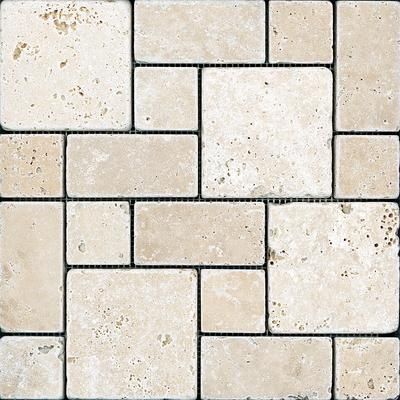 The free length format is only available in our natural stones.
The free length format is only available in our natural stones.
Free lengths have a fixed width and varying lengths ranging anywhere from 450mm up to a maximum of 1000mm, laid as a random brick bond. You can expect a minimum of 3 different lengths in an order.
Read our FAQ's for more information on tile sizes and formats.
What is the difference between natural stone and porcelain tiles?
Natural stone is a naturally occurring material that has been quarried from the earth. The beauty of natural stone is that no two tiles are ever the same. All natural stone is porous and requires sealing every 3-5 years to protect against water and oil contamination.
Porcelain is a man-made product that combines kaolin clay, finely ground sand and feldspar. The clay mixture is fired to an extremely high temperature (upwards of 1200 c) resulting in a very dense tile that benefits from a low water absorption rate and stain resistance. Depending on the range, porcelain can be uniform in colour or display tonalities to mimic a natural stone.
Whilst the maintenance required of natural stone and porcelain differ slightly, both present a beautiful yet durable option for everyday living.
Are Quorn Stone tiles suitable for underfloor heating?
Yes! With the correct installation, all our tiles are suitable for underfloor heating. We advise using an anti-fracture matting when installing the tiles, and discussing any specific substrate or installation requirements with your installer.
Do I need to seal natural stone?
Sealant is required for natural stone tiles and will help protect the tiles against water and oil contamination. Subject to the correct maintenance, we recommend resealing internal dry areas, every 3-5 years.
How should I clean natural stone tiles?
We recommend using both dry and wet methods to keep your stone flooring looking its best. Sweeping and vacuuming (with the soft attachment) is great to pick up crumbs from the floor, whilst an occasional mop will keep your floor hygienic and lift light stains. We recommend using Lithofin Wash & Clean for frequent cleaning, and Lithofin Power Clean for intensive cleans.
We recommend using Lithofin Wash & Clean for frequent cleaning, and Lithofin Power Clean for intensive cleans.
It is important to use cleaning products designed for natural stone on your floor - regular household cleaners and steam cleaners can damage the surface of the tile and should be avoided.
How should I clean porcelain tiles?
We recommend using both dry and wet methods to keep your porcelain flooring looking its best. Sweeping and vacuuming (with the soft attachment) is great to pick up crumbs from the floor, whilst an occasional mop will keep your floor hygienic and lift light stains. We recommend using Lithofin Conditioning Cleaner for frequent cleaning and Lithofin Intensive Cleaner for intensive cleans.
It is important to use cleaning products designed for porcelain flooring (always check the manufacturers guidelines and test in a discreet area).
Kitchen Floor Tiles for Beautiful Design + 150 PHOTO
Kitchen Floor Tiles, of course, should be practical and durable, but not necessarily boring.
Because the kitchen is often combined with the dining area in an open-plan space, a kitchen floor can be a great way to bring the different areas of a room together, creating a cohesive finish.
Content:
Content:
- Advantages of ceramic flooring
- Concept of kitchen flooring
- How to create the ideal floor
- Before you start
- do it yourself
- Easy work
- Top-6 Top-6 of the lead trends
- GALLERY: The best floor tile design options for the kitchen
Advantages of ceramic flooring
1Modern ceramic tiles are generally the most reliable choice for kitchen flooring because they are waterproof, resistant to stains, scratches, and are also easy to clean;
2 good ceramics or porcelain stoneware will last a lifetime if properly installed and treated;
3if you are thinking about installing underfloor heating, ceramic tiles are generally excellent for underfloor heating, the most preferred material for this purpose.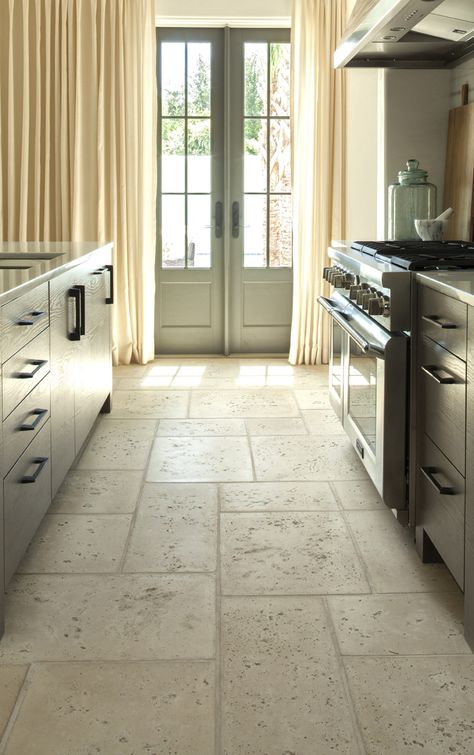
Ceramic tiles excellent for underfloor heating
Floors must be clean, dry, structurally sound and level. Most suppliers recommend using an installer who is experienced in laying this type of flooring.
If you are dealing with larger slabs, as well as a non-standard format, or with a large layout type pattern, then they usually take more time to install, effort, and are much more expensive.
Stone floor tiles in brown tones blend in well with wooden interiors
Don't know what to do? Check out our tips below.
Read also: Modern kitchen interior design ideas in a private house + 130 PHOTOS and TOP-8 trends in 2019Kitchen flooring concepts gamma for the floor.
Patterned floor tiles add charm and style to your kitchen floor.
Natural motifs such as stone or wood are always popular. They give a natural authenticity.
Gray complements the main color scheme chosen
The current trend is "mimic" ceramics, which recreate the look of natural materials while offering an easy maintenance finish that no truly natural material can offer, even though it is many times more aesthetically pleasing .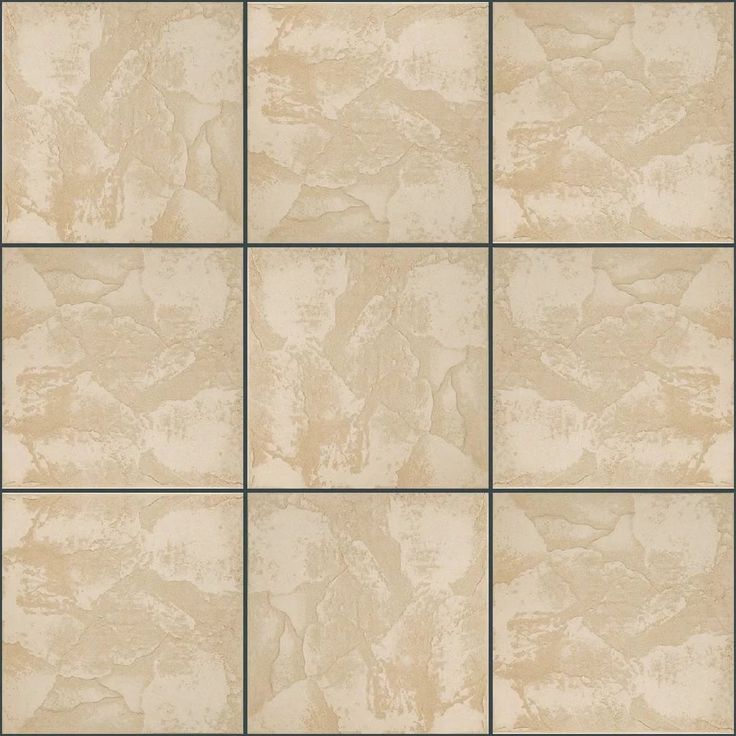
Porcelain tile fits all kitchen styles
Classic porcelain tile fits all kitchen styles. It fits perfectly into frequently used rooms that are subject to maximum wear and tear.
Dark color with white looks beautiful and elegant
Durable, hard-wearing, stain-resistant, easy to clean, granite is an ideal material for family homes.
Achieve the effect of terracotta or clay earth with practical lightweight ceramic tiles.
Ceramic tiles
An ideal addition to the countryside, it needs minimal attention. Fill the space with bright shelves, cream blocks and open shelving.
Stoneware is a good addition to any kitchen and can be used to achieve the effect of limestone slabs.
A great addition to any kitchen
This modern country style home will have a light feel combined with classic white blocks that pairs well with a variety of furnishings. Be adventurous with your kitchen floor.
The kitchen is one of those rooms in the house that can have several different types of tiles, in different forms, all of which enhance the kitchen beautifully.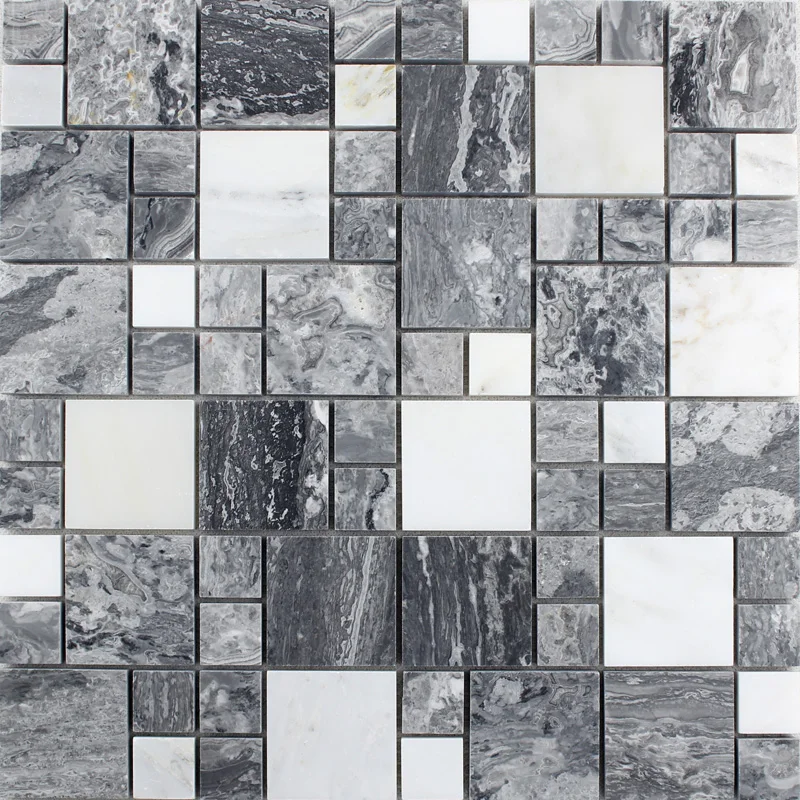
An example of different types of indoors
The kitchen is one of those rooms in the house that can have several different types of tiles, in different ways, all of which enhance the kitchen beautifully.
The floor must be safe to walk on
When choosing a kitchen floor for your home, think about the main points. The flooring needs to be safe to walk on and, for example, glossy kitchen floor tiles can be unsafe to walk on.
White classic kitchen
Decipher the difference between species that may not only be ceramic. The word "tile" refers to a flexible material that can be laid in rows across a surface.
Tiles
- sandstone;
- stone;
- plug;
- vinyl;
- bamboo;
- ceramics;
- granite;
- glass.
In addition to the usual ceramics, vinyl, cork and bamboo types are often used for the floor.
There are many options for flooring.
Determine your budget before calculating the look. Kitchen tiles can be inexpensive only if they are vinyl, linoleum, but ceramics, especially custom-made ones, are always expensive. Specialty stores will help you evaluate everything that is required for your kitchen.
Kitchen tiles can be inexpensive only if they are vinyl, linoleum, but ceramics, especially custom-made ones, are always expensive. Specialty stores will help you evaluate everything that is required for your kitchen.
Striking design in black and brown
Consider the lifestyle of your household. Although kitchen tiles are durable, they still require attention, and the durability of each material is different.
Think through every detail when designing
Ceramic is strong enough to withstand heavy objects being dropped, easy to clean and maintain.
But, unfortunately, it is also often subjected to chips and cracks, especially with improper laying, as well as with improper operation. Determine if the flooring you choose will fit your family's lifestyle.
Multicolored floor tiles
When choosing a flooring, it must be strong enough to withstand heavy traffic, pets, spilled food and detergents.
Choose according to taste and design
Make sure you buy exactly what is called "floor tiles". If you choose a low friction floor, the floor will be slippery to walk on.
If you choose a low friction floor, the floor will be slippery to walk on.
Choose with a slight embossed pattern or texture instead for a safer result.
Stone granite fits perfectly into the overall picture of the kitchen corner
For a more refined and elegant look, look at stone granite. It is based on clay and limestone that is fired to look like natural stone. Stone is more expensive than traditional ceramics, but looks great in the interior.
See also: Choosing tiles for a small bathroom. Optimal combination of style and design, TOP-10 solutions + 150 PHOTOHow to create the perfect floor
If you decide to make the floor yourself, my advice on laying it and a small master class will come in handy.
Spectacular dark tones look stunning
If you've made all the preparations like me, it's time to lay your new tile floor.
This guide will walk you through all the steps and I just want to help you complete your project as smoothly as possible and also ensure it looks great in your home for the long haul.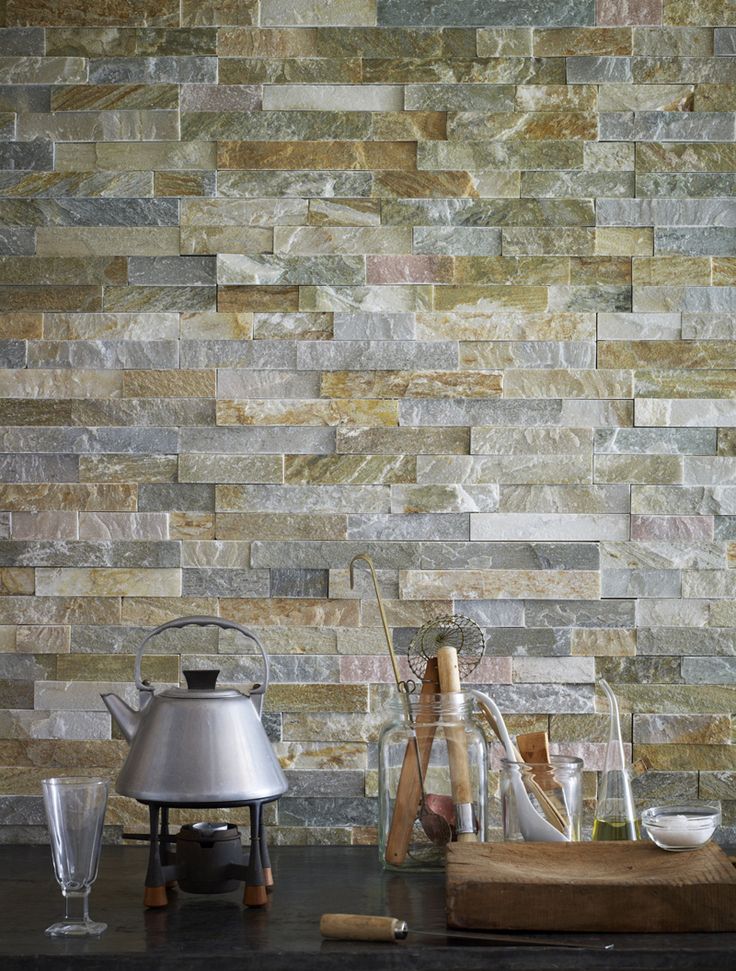
Before you start
It is important to prepare your existing floor, calculate the correct quantity, purchase and place key elements.
Extra large color range
This planning guide tells you everything you need to know. So, read how to plan.
Planning with taste
Tools and materials needed:
- floor tiles;
- for floor. Choose a high-strength, specialized ceramic-specific adhesive for your decking;
- primer. Choose between a powder solution to be mixed with water or pre-mixed and ready to use.
A beautiful interior with a touch of sophistication and comfort
Using a pre-mixed grout allows you to skip the hassle of do-it-yourself preparation, but a powdered grout can be useful if you want to avoid wastage.
Because you have to mix the exact amount needed for very small or very large rooms.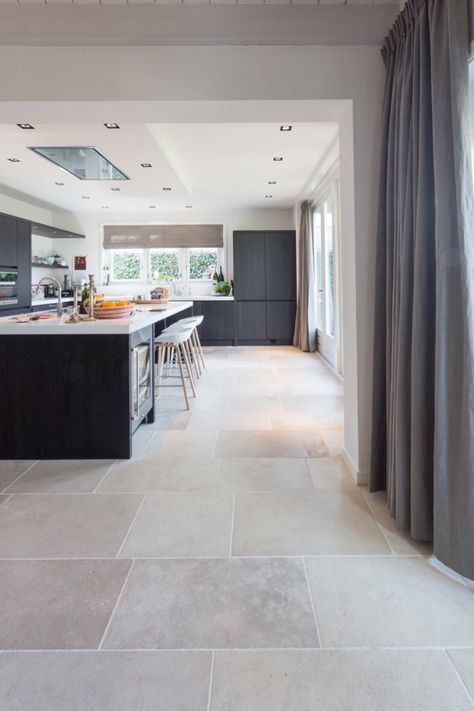
Use anti-mold solutions to keep your floors looking amazing
Look for anti-mold solutions for bathrooms and kitchens to help keep your floors in good condition for longer.
Installation tools:
- silicone sealant and cartridge;
- tools;
- notched trowel;
- tile spacers;
- tile file to remove redundant elements;
- electric cutter;
- molding machine;
- level;
- rubber mallet for fine leveling;
- sponge;
- soft cloth;
- respirator and goggles.
Installing ceramic and granite tiles is usually presented as a fairly simple procedure, followed by "just cut" advice with a wet saw.
In practice, it's not so easy to install everything with high quality
Then “lubricate the inside” and “set it in place” and finally “press it into the solution”, and then: voila, the magic happens. Perhaps this is really some kind of magic and should not be complicated? Not certainly in that way.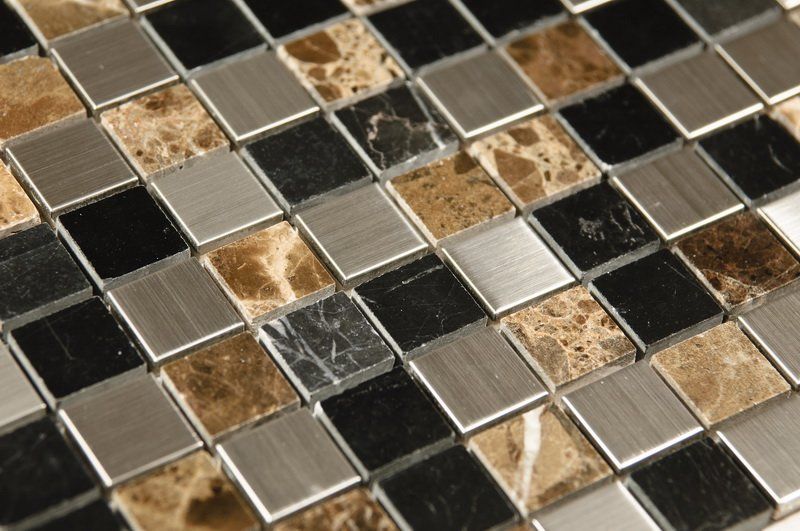
Do it yourself
If you are trying to save money, one way to approach this is to hire a professional for the most visible areas and the central part, leaving himself the legal right to do everything on his own in the corners that will be filled with furniture.
The material is easy to cut with the special tool
If you are not sure that you can lay everything straight, then it is worth hiring a professional installer to avoid irreparable mistakes.
A level floor will keep your kitchen surface durable
And for all the desperate home reformers like me, I suggest continuing with this guide.
One of the problems that will come your way is that it will be difficult to peel off if you make a mistake.
Beautiful combination of flooring with backsplash
Tile mortar allows for some movement, but unfortunately it will also shift the rest of the work, although this mostly applies to vertical masonry.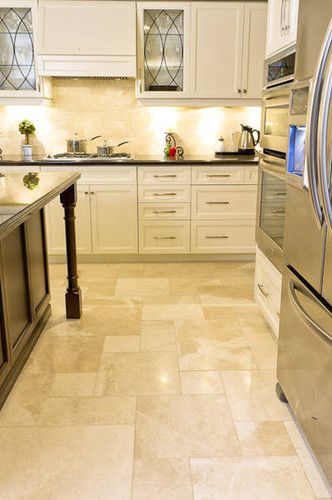
For this purpose, there is a tile that will be easier to remove and move if necessary.
Kitchen floor options
The following guide aims to show you the tricky parts of the job and how to do it in a way that's easier to remove.
See also: Design options for rooms in an apartment (+150 Photos). TOP 12 trends and TOP 4 anti-trendsEasy work
Projects and topics that are generally easier to complete are as follows:
Dry places
special work with the substrate material and sealing.
Updating the Interior Nicely and Quickly
Rain can be especially problematic for amateur tiles to make a problem area completely watertight.
Floors near walls
Slippage is something you will constantly struggle with when dealing with walls.
Small is also easy to install
Tiles ranging from 10 to 30 cm
Small size, especially if it is a mosaic, especially easy to install. Use self-adhesive (although it has very limited use).
Attention
Start your amateur career with tiles that will maximize your skills.
Hard work
Dry mortar for ceramics is quite cheap, but the problem is that it is difficult to mix.
The solution is to buy a pre-mixed solution. Although it is more expensive, it saves you from the process of correctly measuring the amount of water with powder.
A level floor surface is essential
In addition, mixing the dry matter is physically difficult. If you don't have a good floor, your tiles won't lay flat. In this case, damage will inevitably occur at adjacent edges that do not have the same height.
Bright colors are always pleasing and easy to perceive
Worse, a base floor that is not hard enough will eventually lead to cracking. Tiles that will be located around the perimeter must be cut.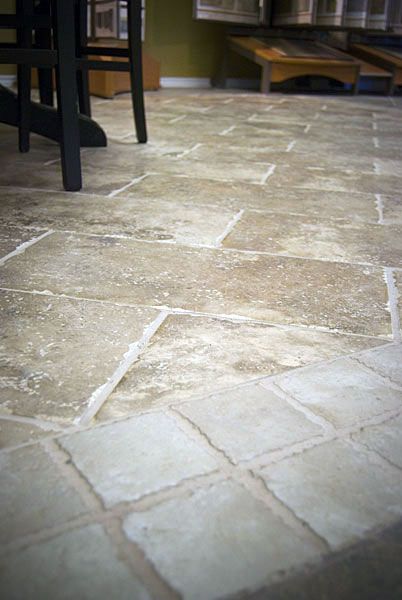 I used a wet grinder, or you can use a regular tile cutter.
I used a wet grinder, or you can use a regular tile cutter.
You will most likely want to use both types of cutting tools. If you have any chips, you can arrange them so that the problem area is under the baseboard or in another inconspicuous place.
Perfect combination with wood
Even perimeter tiles can be difficult. They don't automatically fall into straight lines: you'll have to work hard to get everything straight. Cutting, laying diagonally is very difficult and can be a real challenge for a beginner.
Proper alternation is difficult. Be sure to use plastic spacers for the correct spacing.
Make sure to use plastic spacers 9 for correct tiling.0003
While the spacers are very difficult to remove, they provide the perfect spacing. Constantly kneeling on a hard surface can affect the quality of your work. For this reason, when working yourself, it is worth buying an inexpensive pair of knee pads.
One way or another, self-laying is a complex and time-consuming process, so the first experience should be under the supervision of professionals.
TOP-6 of the lead trends of kitchen tiles in 2019
1 Immitation of marble
Marble drawing
2 Imithing Parquet
Parquet of tiles
3 factor of fabric
Tiles repeats the fabric 9000,40002 4000
5Large tile
Large tile
6Hexagon
Hexagon tile
VIDEO: Floor tiles
Floor tiles
Use only the best ideas with us
Read also: Interior Fresco - How does it look in the hallway, living room, kitchen and bedroom? 150+ Photo Options for original ideasGALLERY: Best kitchen floor tile designs
9 Total score
Are floor tiles really better?
Kitchen floor tiles are the most suitable option today.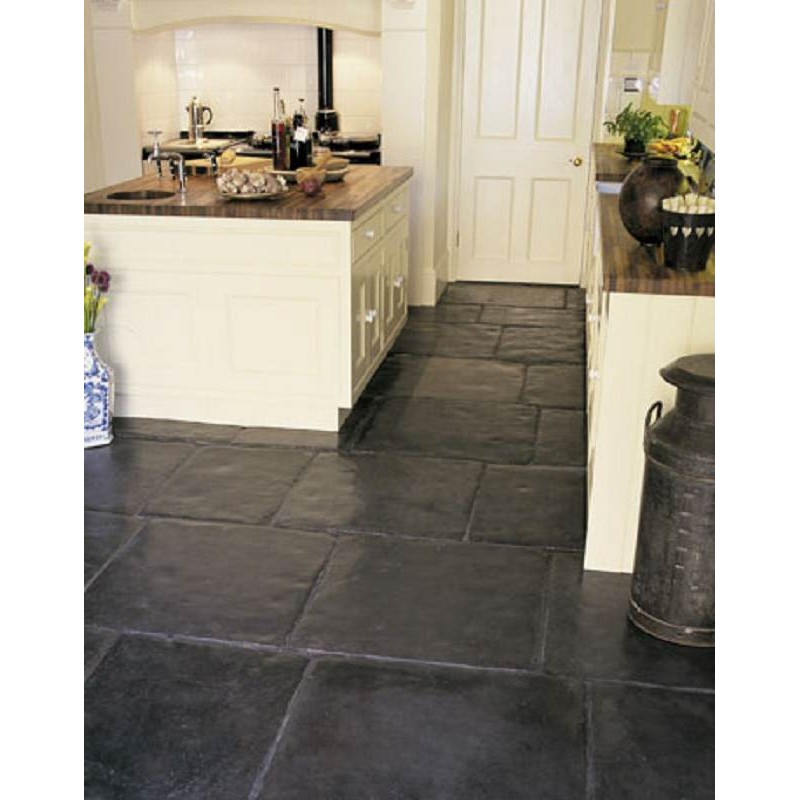 The availability of materials allows you to choose it to match the design. And you can get acquainted with its characteristics and types in our article. We have tried to collect complete information with beautiful photos. After reviewing the information, please leave your assessments with arguments in the comments. They will be helpful to other readers. Your opinion is very important to us. Thank you for your participation. We appreciate your feedback and your time.
The availability of materials allows you to choose it to match the design. And you can get acquainted with its characteristics and types in our article. We have tried to collect complete information with beautiful photos. After reviewing the information, please leave your assessments with arguments in the comments. They will be helpful to other readers. Your opinion is very important to us. Thank you for your participation. We appreciate your feedback and your time.
9,0002
Relevance of information
9,0002
Accessibility of application
8.5
Disclosure of the topic
8.5
Accuracy of information
10
9,0002
9000 9000 9000 9000 9000 9000 9000 9000 9000 9000 9000 9000 9000 9000 9000 9000 9000 9000 9000 9000 9000 9000 9000 9000 9000 9000 9000 9000 9
Disclosure of the topic
9.7
Reliability of information
9.7
PLUSES
- wear resistance
- Strength
- is not afraid of water
- A large selection of colors and texture
- Holds sliding movements
Minutes
- Cold surface
Add review | Read reviews and comments
Article about floor tiles for the kitchen 🍱 Types, properties and features
Choosing a floor covering for the kitchen is not an easy and responsible task.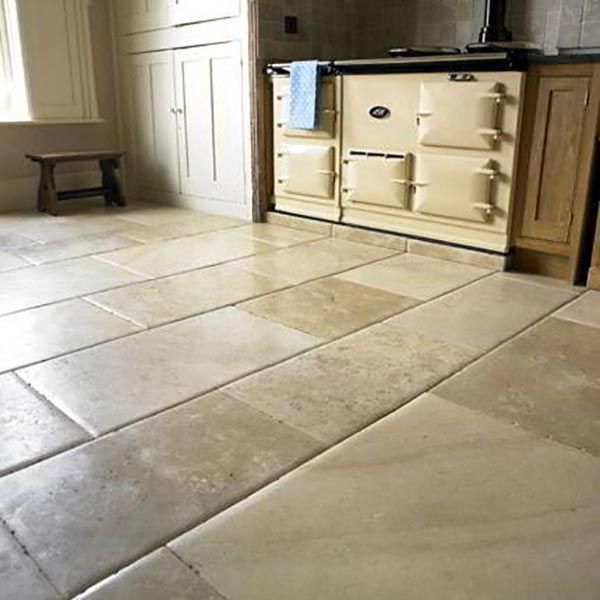 To date, the most optimal solution for the floor in the kitchen - from a practical and aesthetic point of view - is tile. Tiles for the kitchen on the floor can be made of ceramic or porcelain stoneware. The second option is more durable and reliable. The tiled floor is easy to clean, which is extremely important for this type of room. Today, kitchen floor tiles come in many sizes, shapes, textures and designs. This allows you to realize any, the most ambitious project! Kitchen floor tiles are the best way to combine beauty and convenience.
To date, the most optimal solution for the floor in the kitchen - from a practical and aesthetic point of view - is tile. Tiles for the kitchen on the floor can be made of ceramic or porcelain stoneware. The second option is more durable and reliable. The tiled floor is easy to clean, which is extremely important for this type of room. Today, kitchen floor tiles come in many sizes, shapes, textures and designs. This allows you to realize any, the most ambitious project! Kitchen floor tiles are the best way to combine beauty and convenience.
- Features
- Porcelain stoneware
- Stone effect tiles
- Wood or parquet effect
- Multicolour or patterned
- Bright or printed
- Dimensions and format
- Kitchen floor requirements
- Applications
- In a private house
- Small kitchen
- Layout
- Herringbone
- Chessboard
- Allocation by zones
- Light or dark floor
- Why choose tiles
- Pros and cons of tile flooring
- Types and formats of floor tiles
- Maintenance
- Design
Characteristics
Only safety can be more important than aesthetics and practicality.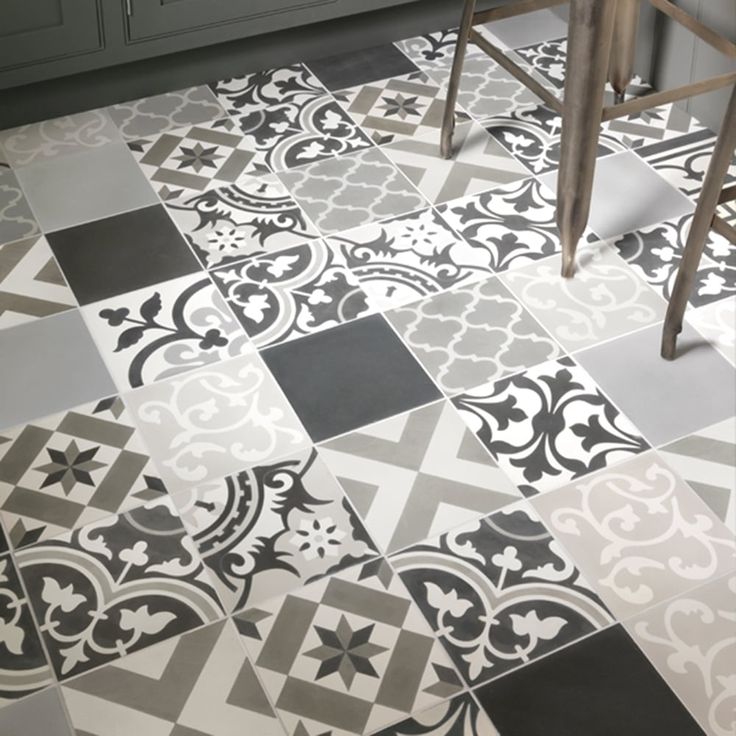 Slippery tiles in the kitchen are a very bad idea! If liquid gets on a glossy tile, it becomes dangerous, so it is better to give preference to other types of tiles: matte or lapped. The size of the floor tiles also has an impact on the slipperiness of the floor. The smaller the format, the more tile joints that prevent the legs from sliding. There are also plates with a special anti-slip surface, although they are more relevant for baths and pools than for the kitchen. It should be borne in mind that the rougher the surface of the tile, the more difficult it will be to wash it. And you have to wash the floors in the kitchen quite often!
Slippery tiles in the kitchen are a very bad idea! If liquid gets on a glossy tile, it becomes dangerous, so it is better to give preference to other types of tiles: matte or lapped. The size of the floor tiles also has an impact on the slipperiness of the floor. The smaller the format, the more tile joints that prevent the legs from sliding. There are also plates with a special anti-slip surface, although they are more relevant for baths and pools than for the kitchen. It should be borne in mind that the rougher the surface of the tile, the more difficult it will be to wash it. And you have to wash the floors in the kitchen quite often!
Porcelain stoneware
Porcelain stoneware is a relatively new material that is a stronger, improved ceramic. Porcelain stoneware tiles are so durable and stable that they can be easily laid even on the street, which means that in the kitchen they will undoubtedly last a long time and without a flaw! Porcelain stoneware is not afraid of moisture, cleaning products and fire. Thanks to improved production technology, slabs from it can be simply huge in format: up to three meters in height. This will appeal to those who do not like tile seams that interrupt the pattern. The natural surface of this material is non-slip, matte. However, there are polished, glossy and structured options. With all these advantages, porcelain tiles have excellent aesthetic characteristics. Including, she easily imitates more expensive and capricious materials like natural marble or wood.
Thanks to improved production technology, slabs from it can be simply huge in format: up to three meters in height. This will appeal to those who do not like tile seams that interrupt the pattern. The natural surface of this material is non-slip, matte. However, there are polished, glossy and structured options. With all these advantages, porcelain tiles have excellent aesthetic characteristics. Including, she easily imitates more expensive and capricious materials like natural marble or wood.
Stone effect tiles
Stone effect tiles have become incredibly popular over the past few years, replacing natural stone from the market. The secret of success is in a much lower price and wide availability. But not only! The tile is much more practical and unpretentious, and thanks to modern printing technologies, it almost surpasses the originals in beauty. Marble tiles are the most popular. It will fit perfectly into both classic and modern interiors. Also, many people like onyx tiles, travertine and other rocks.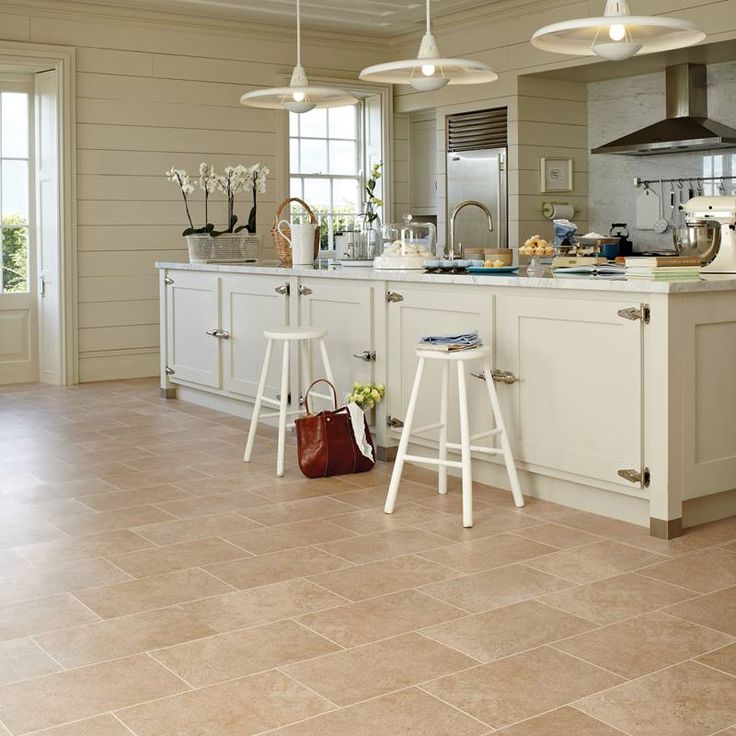 Stone tiles, as a rule, have a pockmarked, complex pattern, which is very beneficial for the kitchen floor - dirt and stains on such material are almost invisible.
Stone tiles, as a rule, have a pockmarked, complex pattern, which is very beneficial for the kitchen floor - dirt and stains on such material are almost invisible.
Wood or parquet look
Wood look floor tiles are another hit of recent years. Natural wood is very capricious in operation and very expensive. The tile is much stronger, does not require special care, is not afraid of chemical influences and is durable. As for the appearance, high-quality wood-like tiles are almost impossible to distinguish from the “original” at a glance. The floor with wood pattern will give the kitchen warmth and comfort.
Multicolour or patterned
Of course, tiles can not only imitate other materials, but also have their own unique design. Patterns and drawings on tiles can be very diverse: from modern geometric compositions to traditional crafts. The modern assortment of tiles makes it possible to lay out a beautiful pattern on the floor in any style, for every taste!
Bright or printed
Even if you have a minimalist modern kitchen design, it is better to choose printed tiles.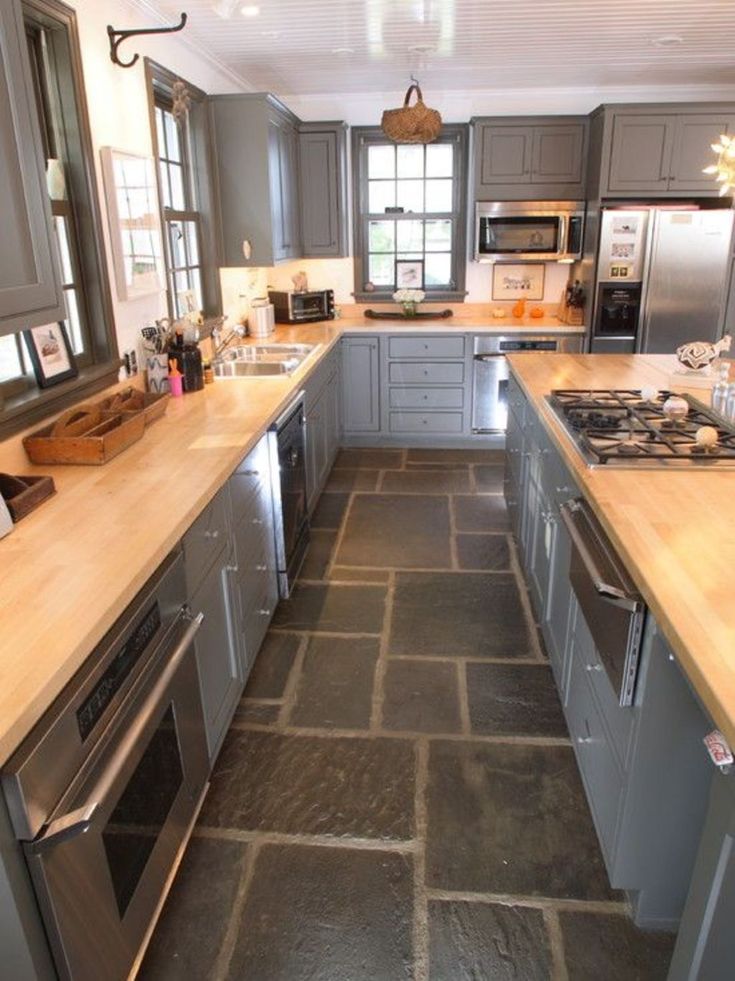 The floor in the kitchen is very prone to pollution, which is why plain tiles risk looking forever dirty, smudged with something. A well-chosen print can hide small spots.
The floor in the kitchen is very prone to pollution, which is why plain tiles risk looking forever dirty, smudged with something. A well-chosen print can hide small spots.
Dimensions and format
The optimal size of the floor tiles for a particular kitchen depends on its area and layout. If the floors are small in size, then small formats are usually preferred: up to 60x60 cm. If the kitchen is spacious or connected to the living room or dining room, it becomes possible to lay the floors with large-format tiles in order to minimize the number of seams.
Kitchen floor requirements
Kitchen floor tiles must meet a fairly wide range of requirements. First, kitchen tiles should not be slippery. In the kitchen, various liquids often spill onto the floor, which, together with a slippery coating, can make staying indoors traumatic. Tiles on the floor must be resistant to aggressive chemicals, because it is common for the kitchen to use various cleaning products.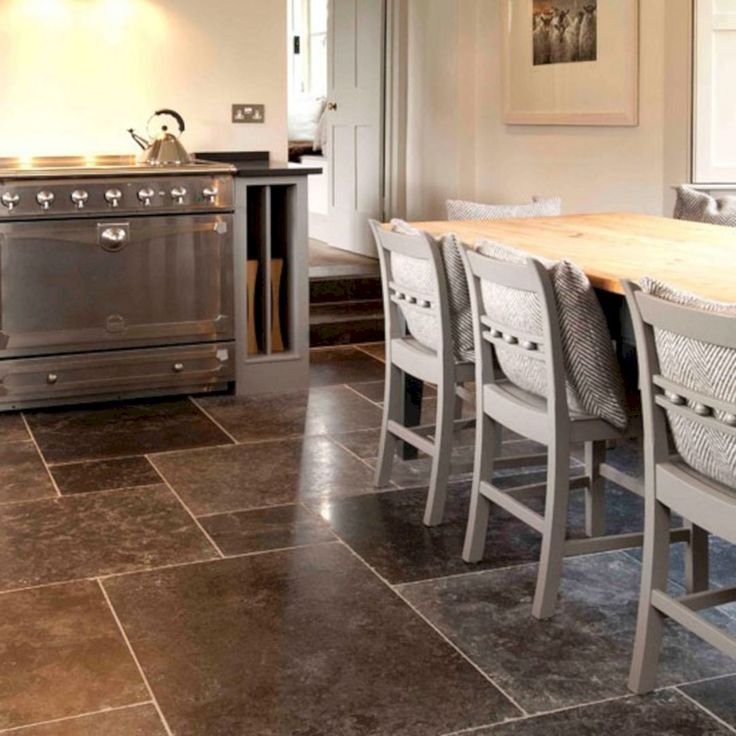 The flooring should be fairly durable, as heavy items such as bottles of liquid or dishes are often dropped there. Tiles on the floor for the kitchen must withstand frequent cleaning, not be combustible or toxic. And most importantly - it should be a decoration of the room. Ceramic and porcelain tiles perfectly cope with all these requirements.
The flooring should be fairly durable, as heavy items such as bottles of liquid or dishes are often dropped there. Tiles on the floor for the kitchen must withstand frequent cleaning, not be combustible or toxic. And most importantly - it should be a decoration of the room. Ceramic and porcelain tiles perfectly cope with all these requirements.
Applications
When it comes to selecting tiles for a kitchen, there are many factors that influence the final decision: the overall design concept, the size and layout of the room, and the budget. Color schemes can be bright or neutral, the tile pattern is modern or classic. Consider several applications:
In a private house
In private houses, the kitchen is often combined with a dining room and a living room. With such a layout, a popular solution is when the flooring in the kitchen and the adjacent area is a single surface of large-format tiles. This is especially true for classic interiors. An excellent solution would be to use marbled tiles - this pattern looks great not only in antique interiors, but also in modern ones, giving them luxury and uniqueness.
For a small kitchen
For a kitchen limited to one small room, on the contrary, tiles of a small format are suitable. It will be easier to lay it, and it will visually expand the kitchen space. Light colors will also help visually enlarge the room. Although it is believed that dark floors are more suitable for floors due to the soiling of the surface, a compromise can be reached by choosing a light-colored tile with a pattern that will hide potential contamination.
Key
You can achieve an original floor not only by choosing a special tile, but also by laying it in an unusual way. Let's consider some of them:
Herringbone
Beautiful and aristocratic way of laying rectangular tiles. In addition to slabs, one can also find mosaics on a grid with elongated chips stacked accordingly.
Checkerboard
A laying method that requires tiles of two colors but one size. The degree of contrast between colors can be different. However, keep in mind that a very contrasting combination of floor colors in the kitchen can completely overshadow all other elements of the room, diverting all the viewer's attention to itself.
However, keep in mind that a very contrasting combination of floor colors in the kitchen can completely overshadow all other elements of the room, diverting all the viewer's attention to itself.
Allocation by zones
Tiles on the kitchen floor can also be used for zoning by choosing different tiles for different zones. For example, this way you can separate the cooking area from the dining area, or the kitchen area from the living area.
Light or dark floor
When choosing a shade of floor covering for the kitchen, many people first of all think about how much household dirt will be visible on the tile. It is a mistake to believe that dark colors are much more beneficial than light ones, especially if a glossy or lapped surface is preferred. The main thing here is not the color, but the pattern of the tile. A pockmarked pattern with frequent small spots or veins of different shades will hide the effects of cooking on the floor more effectively than others. Also, vintage, aged tiles are perfect for these purposes.
Also, vintage, aged tiles are perfect for these purposes.
What really affects the dark or light color of the coating is the visual size of the room. Light tones visually increase it, dark ones - vice versa. So when choosing the tone of ceramic tiles, focus primarily on the design of the kitchen.
Why choose tiles
When choosing floor tiles in the kitchen, it is better to decide in advance on all the design elements of the room. The floor can both play the role of a kind of background for a kitchen set, and vice versa, be the main focus of the composition. To strike a sweet spot between the two, the colors of the tile are best paired with the colors of other design elements. For example, laying the floor and backsplash with the same tiles is a good solution when using a large format. Also, the floor can echo with the kitchen countertop or with unusual kitchen accessories.
Grout options
Today there are a huge number of grouts of different colors on the market, which in itself turns tile joints into a design element.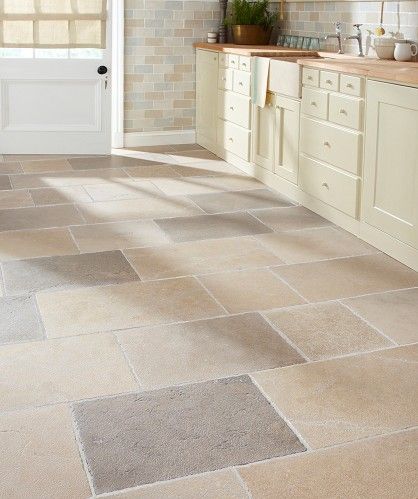 Although, most people still prefer to choose a grout that matches the tile. An option with a bright, contrasting grout color is suitable for small format tiles laid in a modern interior.
Although, most people still prefer to choose a grout that matches the tile. An option with a bright, contrasting grout color is suitable for small format tiles laid in a modern interior.
Grouts differ not only in colors, but also in composition. The most budgetary and common option are cement grouts. A more expensive and reliable option is epoxy grout. It is not afraid of moisture, does not absorb dirt and is not covered with fungus, but it also costs much more.
Pros and cons of tile flooring
Like any solution, kitchen floor tiles have their pros and cons. The advantages can be safely attributed:
- Strength
- Durability
- Moisture resistance
- Possibility to install underfloor heating
- Huge selection of designs, sizes and price ranges
- Resistance to aggressive chemicals
- No special care requirements
- Easy to clean
- Variety of surfaces: from glossy to non-slip
Minuses are few, but still they are:
- Material is quite cold without underfloor heating
- Material difficult to transport due to heavy weight.
 This is especially true for large-format porcelain tiles
This is especially true for large-format porcelain tiles - Poor soundproofing
Types and formats of floor tiles
When choosing tiles for yourself, it is important to consider the size of the material. The tile also differs in shape. The most common are: rectangular, square and hexagonal. The last original version is more suitable for modern interiors, but if desired, it can also be entered into neoclassicism.
Format is very important when choosing material. Large-format porcelain tile is gaining more and more popularity, which allows you to minimize the number of tile joints, or even create a coating without them. However, the larger the tile, the more expensive it is, the more difficult it is to install and transport. The most popular and optimal formats are 60x60 cm and 60x120 cm. For small rooms, small formats are well suited to visually enlarge the room.
Maintenance
Ceramic or porcelain stoneware floor tiles, unlike natural stone and wood, require little maintenance.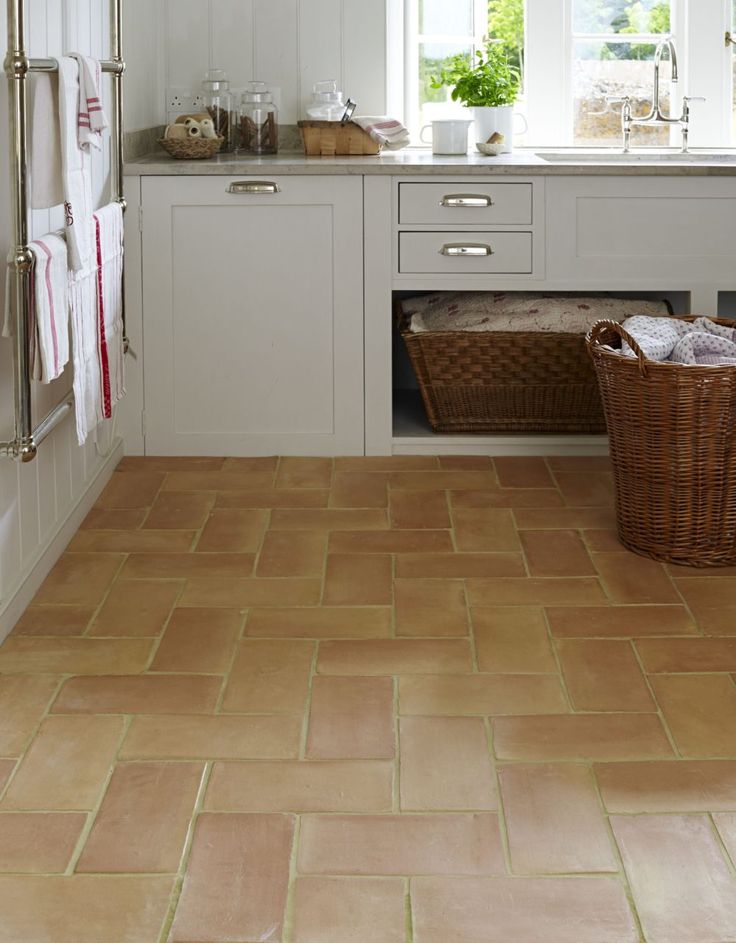 It is easy to clean and does not require special expensive products, which makes these materials ideal flooring for the kitchen.
It is easy to clean and does not require special expensive products, which makes these materials ideal flooring for the kitchen.
Design
Design options for the kitchen and floor tiles in particular are endless. The floor of light shades visually makes the room larger and brighter, which is extremely advantageous for small kitchens. A dark floor, in turn, can make a room too heavy, even a large one, so it should be used with caution, combining it with light-colored furniture or walls. Using different plates, you can organize the space into different zones.
The color of the tiles on the kitchen floor can even affect the perception of the temperature in the room. In the case when the windows face north or west, the kitchen can be cool for most of the year. Warm-colored tiles can improve the atmosphere. When the situation is reversed, and the windows face south, tiles of light and cold tones can be used to "cool".
The optimal solution in terms of practicality and aesthetics is marbled tiles.